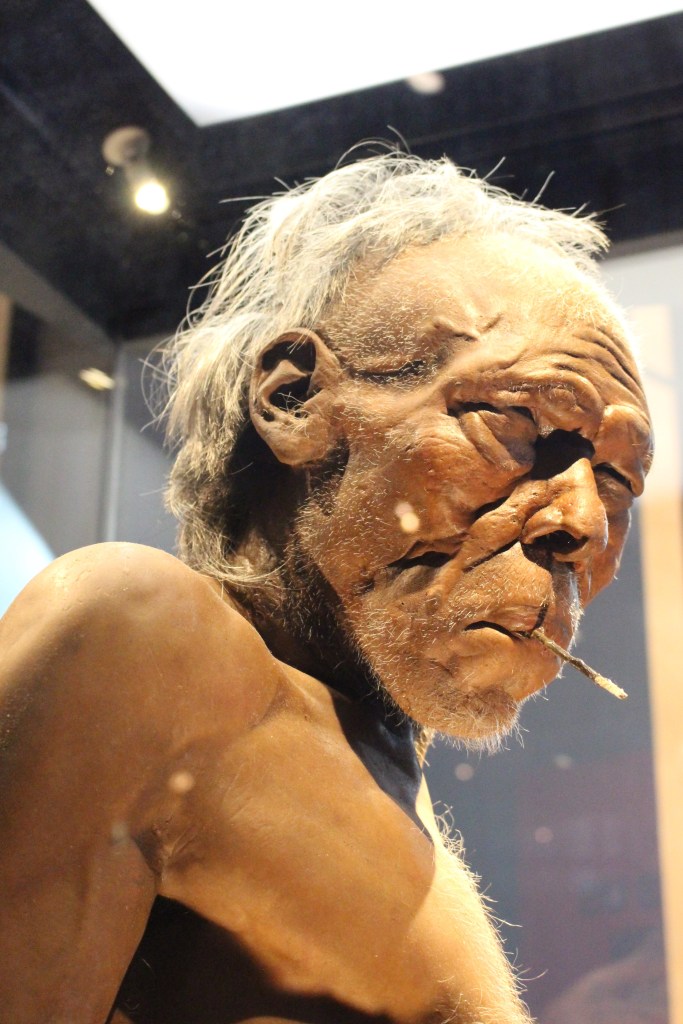Unveiling a Hidden Divide and Reunion in Human Ancestry: The New Narrative of Homo Sapiens Evolution
“The fact that we can reconstruct events from hundreds of thousands or millions of years ago just by looking at DNA today is astonishing,”remarked Aylwyn Scally, a geneticist at the University of Cambridge, reflecting on a discovery that upends the tidy narrative of human origins. For decades, the prevailing view was that Homo sapiens emerged from a single, continuous ancestral lineage in Africa. However, a new statistical study of contemporary human genomes, which appears in Nature Genetics, presents a much more complex tapestry of evolution.

Cambridge researchers Trevor Cousins, Aylwyn Scally, and Richard Durbin used a highly advanced computational algorithm christened cobraa to sequence data from the 1000 Genomes Project and the Human Genome Diversity Project. This strategy, which simulates how ancient groups divided and subsequently reunited, revealed a long-standing population architecture in Homo sapiens that defies the traditional “branching tree” model of evolution. Rather, the genetic data suggest a sudden divide in our ancestral population around 1.5 million years ago, followed by a reuniting around 300,000 years ago a reunion that rewrote the genetic heritage of all modern humans.
The technical basis for this breakthrough is the application of statistical models that are capable of inferring ancient demographic events from patterns within today’s DNA. In contrast to techniques based on the availability of rare ancient bone samples, this method takes advantage of the entire range of modern genetic diversity, and it can detect “ghost populations” that did not leave a material record. The cobraa algorithm draws upon similar ideas to the Pairwise Sequentially Markovian Coalescent (PSMC) approach, which is used to reconstruct population size over time and extends these ideas to accommodate more complex events such as population splits and later mergers.
The results show that, following the initial split, one of the ancestral groups a group termed Population A experienced a drastic genetic bottleneck. “Immediately after the two ancestral populations split, we see a severe bottleneck in one of them suggesting it shrank to a very small size before slowly growing over a period of one million years,” Scally said. The bottleneck, a classic founder effect, narrowed genetic diversity and made Population A genetically unique. Through time, this population not only recovered but also from which Neanderthals and Denisovans would eventually split off.
When the two groups reunited around 300,000 years ago, the contribution of genes was anything but even. Population A contributed around 80% of the DNA that’s present in contemporary humans, while Population B gave the remaining 20%. This primordial blending event eclipses the subsequent, better-known interbreeding with Neanderthals and Denisovans, whose DNA contributes just around 2% to the genomes of non-Africans. As Cousins summarized, “Our research shows clear signs that our evolutionary origins are more complex, involving different groups that developed separately for more than a million years, then came back to form the modern human species.”
The genetic inheritance of the minority group is especially interesting. Although most of their genes crop up in parts of the genome with limited known function perhaps evidence of purifying selection eliminating incompatible variants certain genes from this group are overrepresented within brain function and neural processing pathways. Cousins added, “Some of the genes from the population which contributed a minority of our genetic material, particularly those related to brain function and neural processing, may have played a crucial role in human evolution.” This opens the possibility that innovations in cognition and neural formation were bequeathed to us from a lineage that otherwise left a minimal genetic mark.
The findings of the study have implications beyond human origins. Using cobraa to compare other species bats, dolphins, chimpanzees, and gorillas the researchers discovered that ancestral population structure and mixing of genes occur in non-human species, not just humans. This indicates that interbreeding and exchange of genes could be a common factor in the evolution of complex organisms, refuting the theory of species evolving in pure, separate lineages.
Regarding the identity of the ancient populations, fossil records suggest possibilities in the form of Homo erectus and Homo heidelbergensis, who existed in Africa and elsewhere during the time in question. We can only guess. The tale is also complicated by the shortcomings of present datasets; as anthropologist John Hawks noted, the 1000 Genomes Project underrepresents the diversity of Africans, so subsequent studies might uncover yet deeper or more complex population structures.
Such reconstruction of such ancient events from DNA today is a testament to the strength of population genomics and computational modeling. These breakthroughs not only rechart the history of human origins but also shed light on the evolutionary processes bottlenecks, founder effects, and genetic admixture that have influenced the genomes of animals throughout the animal kingdom. “What’s becoming clear is that the idea of species evolving in clean, distinct lineages is too simplistic,” Cousins said. “Interbreeding and genetic exchange have likely played a major role in the emergence of new species repeatedly across the animal kingdom.”
Post a Comment for "Unveiling a Hidden Divide and Reunion in Human Ancestry: The New Narrative of Homo Sapiens Evolution"
Post a Comment